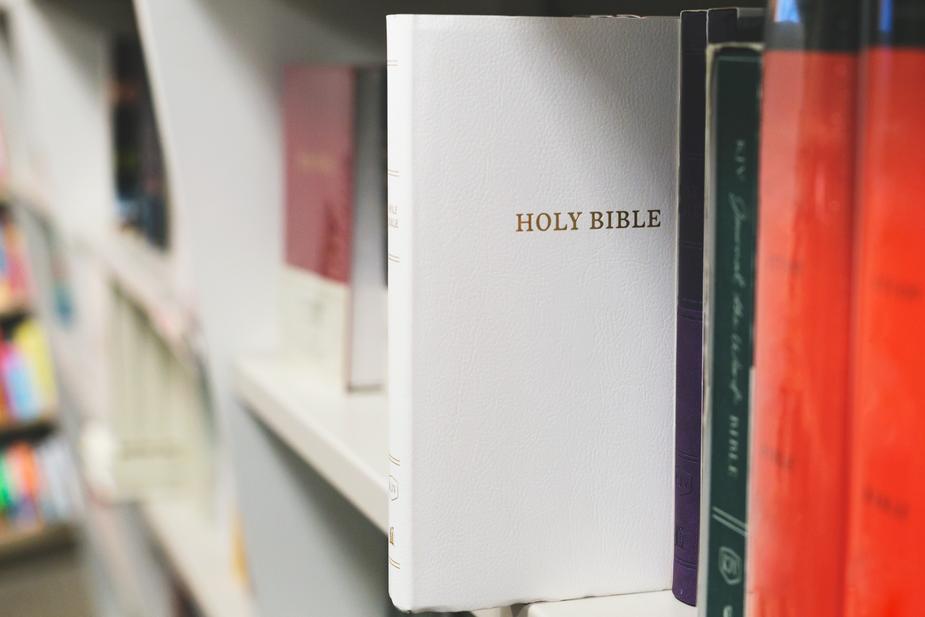Is swelling normal around a puncture wound?
A puncture wound is a hole in the skin made by a sharp, pointed object. The area may be bruised or swollen. You may have bleeding, pain, or trouble moving the affected area.
How do you treat a swollen puncture wound?
Puncture wounds: First aid
- Wash your hands. This helps prevent infection.
- Stop the bleeding. Apply gentle pressure with a clean bandage or cloth.
- Clean the wound. Rinse the wound with clear water for 5 to 10 minutes.
- Apply an antibiotic.
- Cover the wound.
- Change the dressing.
- Watch for signs of infection.
Why would a puncture wound swell?
Sometimes a minor skin infection evolves into a bone or joint infection, so you should be aware of signs to look for. A minor skin infection may develop in two to five days after injury. The signs of a minor infection that show up around the wound include soreness, redness, and possibly drainage, swelling, and warmth.
Do puncture wounds need antibiotics?
Address and appropriately administer antibiosis when a patient sustains a traumatic puncture wound. Patients who present early (less than six hours) with a clean, non-infected puncture wound with no medical comorbidities should receive clinical treatment. In this setting, empiric antibiotics are not required.
Can you get a blood clot from a puncture wound?
Stopping the bleeding (hemostasis). When your skin is cut, scraped, or punctured, you usually start to bleed. Within minutes or even seconds, blood cells start to clump together and clot, protecting the wound and preventing further blood loss.
What does an infected wound look like?
The surrounding area becomes red, and this area gets larger over time. The area surrounding the wound becomes swollen, tender to the touch, or painful. The wound weeps off-color or odorous fluid; this pus may be yellow, greenish, or cloudy. Red streaks spread out from the site of the wound.

